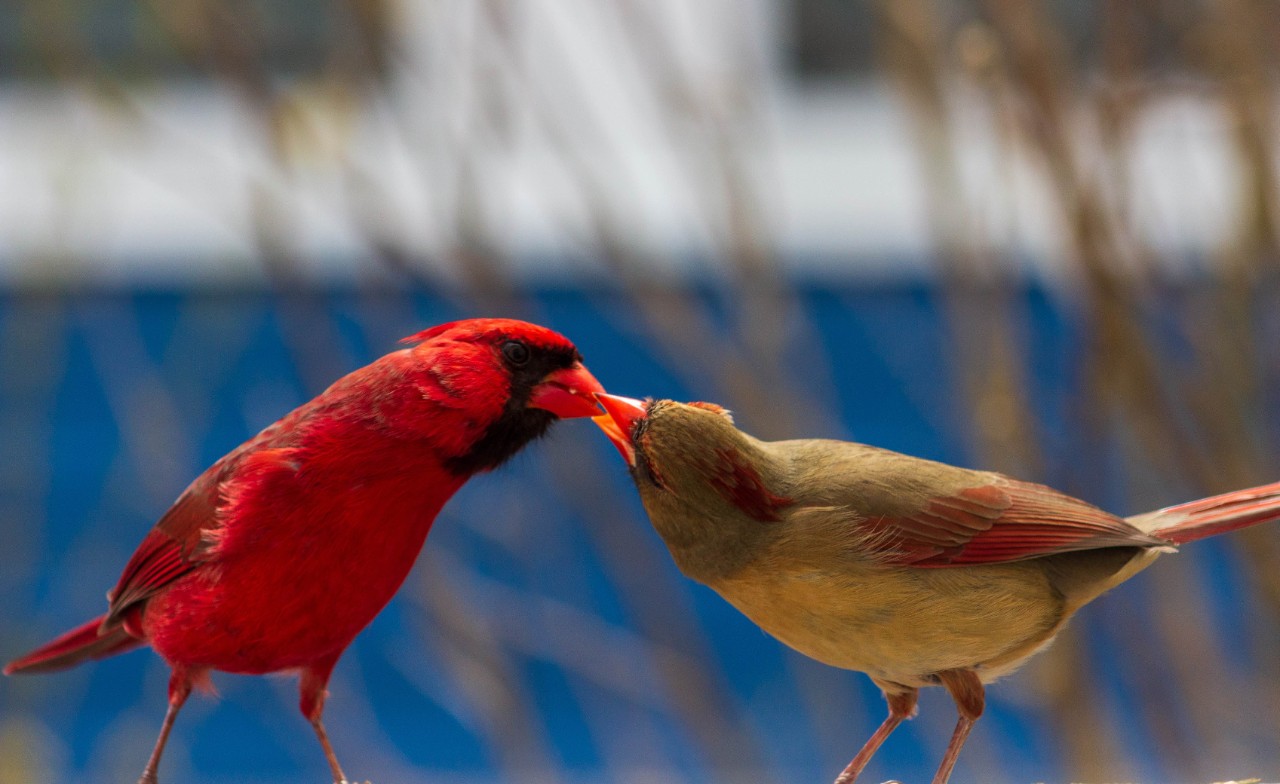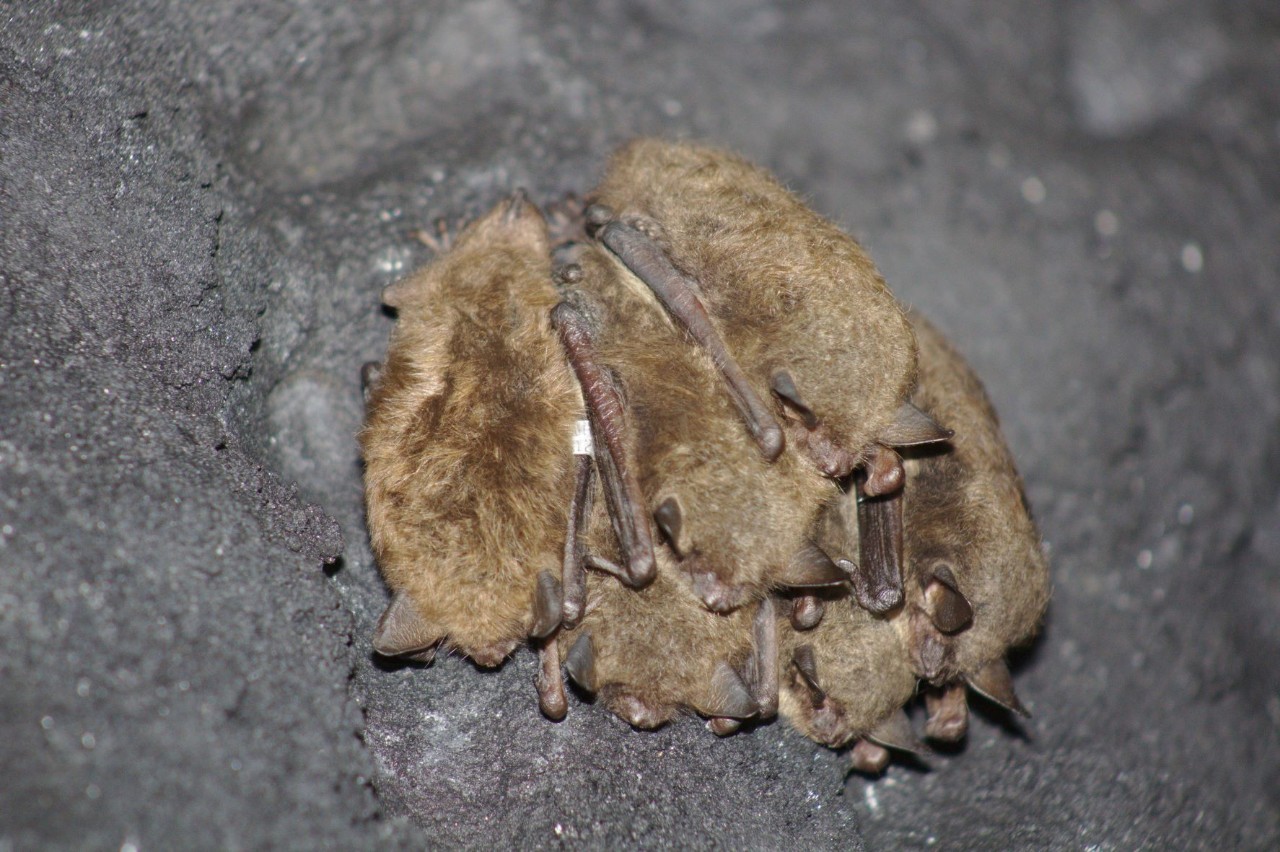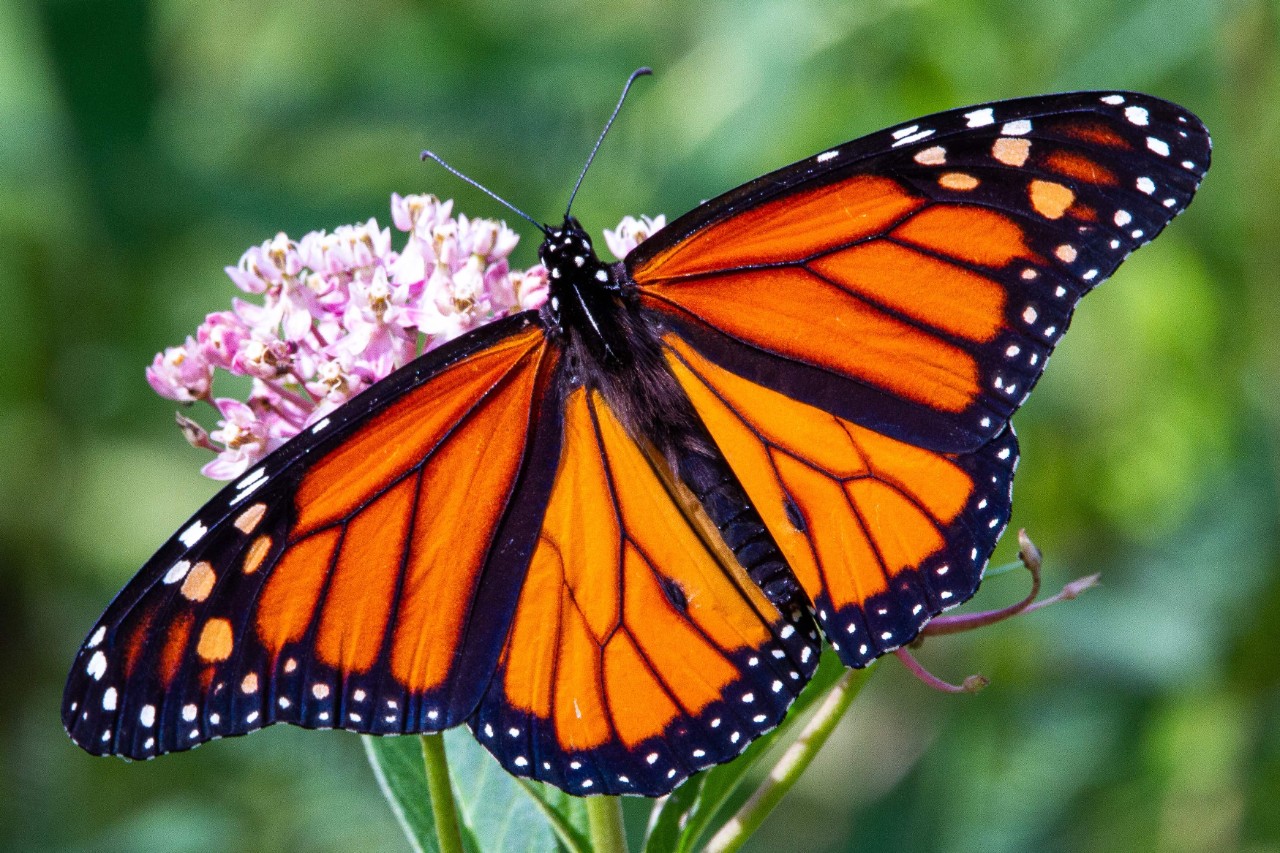Small actions people take in their own backyards and communities can have a big effect on promoting conservation and biodiversity while revealing an array of animals that live alongside humans.
The University of Cincinnati's Office of Research hosted a panel discussion in the Digital Futures Flashpoint Series, "Wild Cincinnati: Urban Wildlife in the Queen City," which highlighted some of the species that call the Cincinnati region home and how residents can promote conservation.
"When we want to make a difference with threatened and endangered wildlife, we don't have to go to Yellowstone or the tropics," said Joseph Johnson, an ecologist and an assistant professor in UC's School of Information Technology. "We can do it right here.
"It's the opportunity that excites me - to take advantage of the fact that we have many species right here with us. We can work to conserve those populations, we can work to celebrate those populations and take some of the burden off of our wilderness areas and our natural preserves to do all the work for us when it comes to biodiversity conservation. We as citizens in the city can do so much positive good and be able to really move us closer to our global sustainability goals."

Cardinals. Photo/Aaron Doucett on Unsplash
Along with Johnson, the panel discussion included Thane Maynard, the director of the Cincinnati Zoo & Botanical Garden, and Meeka Owens, a council member with the City of Cincinnati. The discussion was led by moderator Jai Chabria, managing director at MAD Global Strategy, a public affairs firm now with an office in Columbus, Ohio.
Often when people think about conservation, the zoo's Maynard said, they think about national parks or vast wild areas like the Amazon rainforest. However, people rarely get to travel to locations like that or make an impact there.
Close to home, though, there are many opportunities for people to contribute to conservation, Maynard said.
"The question of biodiversity is essential," he said. "I think the two big challenges that humans face here in the 21st century are climate change, of course, but also the loss of biodiversity. To have people spend more time outdoors and have people get a better understanding of the nature around us is the best step forward."
To better understand the biodiversity that exists in their own communities, Maynard encouraged people to download phone applications such as iNaturalist, PictureThis, eBird and Merlin Bird ID that help people identify plant and animal species using their phones' audio and visual features.
"I think people will be surprised, with the use of simple things like pictures and audio, with how much biodiversity exists right on your street," he said.

Little brown myotis hibernating at an undisclosed location in Ohio. Tagging the bat, as seen here, helps monitor the population. Photo/Joseph Johnson
As a UC professor, Johnson's research includes using data from environmental sensors to understand changes in animal populations, primarily bats. The Cincinnati region is home to three federally endangered bat species, he said.
People can support those endangered bats and other animals by building structures for them to live in or by planting native plant species.
"If you are planting native plants, then you can sit back and say, 'I am doing something excellent for the vertebrate species and invertebrate species that depend on them,'" Johnson said.
The Cincinnati Zoo twice a year offers native plant sales, Maynard said. Organizations such as the National Wildlife Federation and nurseries also can offer guidance about creating native plant gardens.
"When you do those, it will be amazing how quickly you see a bigger abundance of pollinating insects like butterflies and bees, pollinating birds, songbirds and seed eaters," Maynard said. "If you plant common milkweed, in very quick order you will start to see eggs laid and caterpillars for monarch butterflies."
The Cincinnati Zoo also promotes conservation through its own efforts such as collecting rainwater, which supplies all the water for the zoo's aquatic exhibits, canals and waterfalls.
"In our practical Midwest way, I think Cincinnati and I know the zoo is showing what is possible," Maynard said. "Our zoo is proud to be recognized as the greenest zoo in America."

Monarch butterfly. Photo/Joshua J. Cotten on Unsplash
The City of Cincinnati is promoting sustainability through its Green Cincinnati Plan, which aims to reduce carbon emissions from buildings and transportation, promote community gardens and promote the most effective use of land, city council member Owens said.
"That takes not only policymakers, it's also going to take organizations to help champion these recommendations as well," the chair of Cincinnati's Climate, Environment and Infrastructure Committee said.
Promoting conservation and biodiversity isn't just good for plants and animals, it's also good for people, Maynard said. For example, the Cincinnati Zoo has reduced its water costs by collecting rainwater.
"To me the most important thing that people can remember is that conservation is a win-win," Maynard said. "A perfect example: when I moved to Ohio 40-something years ago, there were no bald eagle nests in the whole state. The Cuyahoga River caught on fire and polluted rivers were killing animals and, frankly, killing us because we drink out of those rivers. Thanks to the Clean Water Act, thanks to the Clean Air Act, Bald Eagle Protection Act, Endangered Species Act, bald eagles and other species are back.
"Protecting these systems is vital to our future, and conservation doesn't just mean protecting pandas or pythons; it also means protecting people."
While stories about climate change and the loss of natural landscapes often paint a bleak picture, Johnson likes to focus on the positives. There are valuable opportunities to make a difference close to home, he said.
"I think it's essential in 2023 to not fall into the mental trap that the biodiversity crisis is so big that I can't do anything about it," the UC professor said. "Small actions can go a long way. And, to a certain extent, they are all we can control - our own actions."






